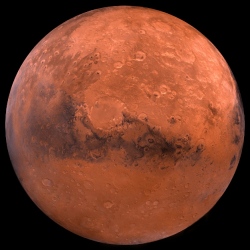
It is now possible to capture images from the ground at visible wavelengths that are sharper than those from the NASA/ESA Hubble Space Telescope. Ground telescopes have been much bigger than the Hubble Space telescope and could capture more light.
The MUSE Wide Field Mode coupled to GALACSI in ground-layer mode corrects for the effects of atmospheric turbulence up to one kilometre above the telescope over a comparatively wide field of view. But the new Narrow Field Mode using laser tomography corrects for almost all of the atmospheric turbulence above the telescope to create much sharper images, but over a smaller region of the sky.
The 8-meter UT4 reaches the theoretical limit of image sharpness and is no longer limited by atmospheric blur.
The same turbulence in the atmosphere that causes stars to twinkle to the naked eye results in blurred images of the Universe for large telescopes. Light from stars and galaxies becomes distorted as it passes through our atmosphere, and astronomers must use clever technology to improve image quality artificially.
To achieve this four brilliant lasers are fixed to UT4 that project columns of intense orange light 30 centimeters in diameter into the sky, stimulating sodium atoms high in the atmosphere and creating artificial Laser Guide Stars.
Adaptive optics systems use the light from these “stars” to determine the turbulence in the atmosphere and calculate corrections one thousand times per second, commanding the thin, deformable secondary mirror of UT4 to constantly alter its shape, correcting for the distorted light.
MUSE is not the only instrument to benefit from the Adaptive Optics Facility. Another adaptive optics system, GRAAL, is already in use with the infrared camera HAWK-I. This will be followed in a few years by the powerful new instrument ERIS.
